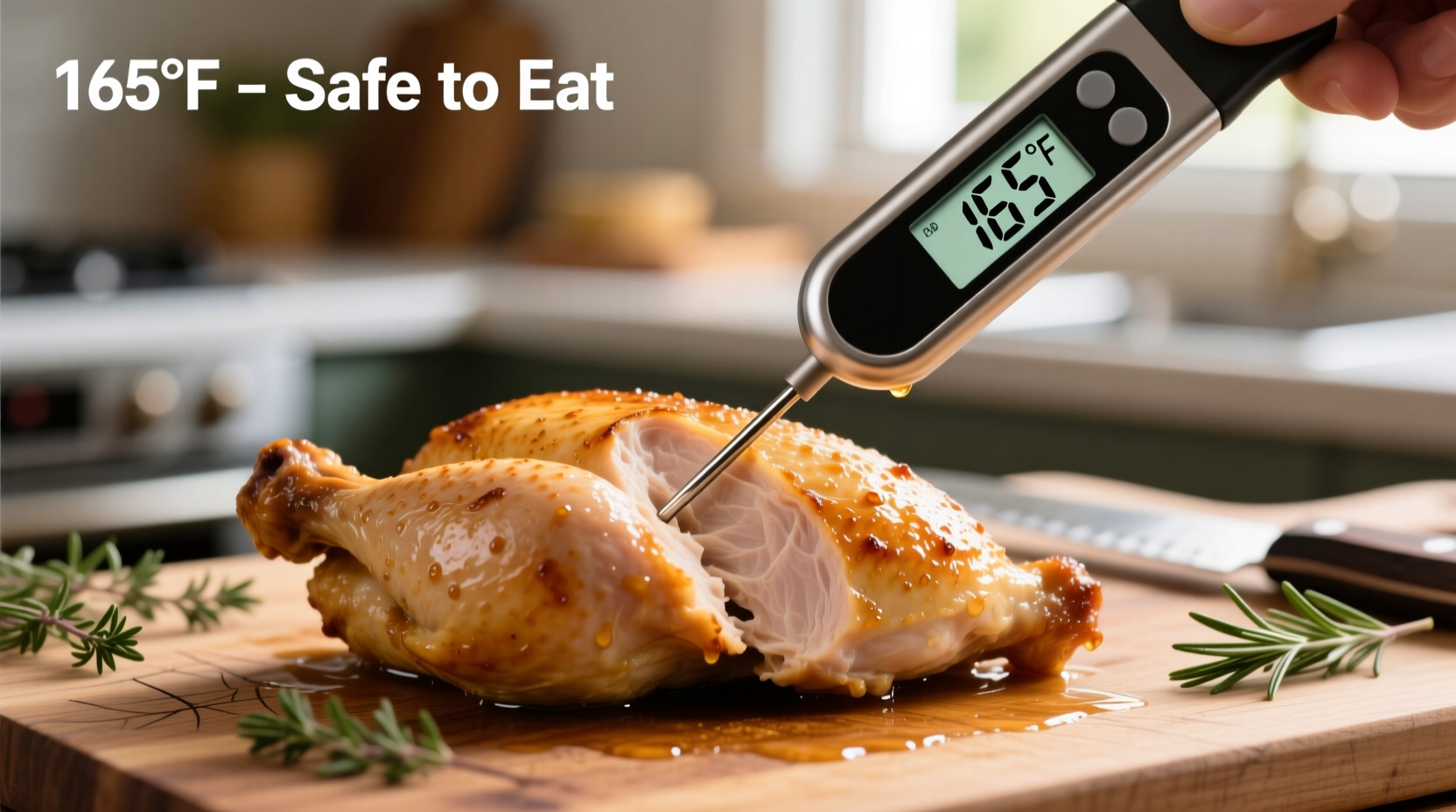Why the Food Danger Zone Matters for Your Kitchen Safety
Understanding the food danger zone isn't just kitchen trivia—it's your first line of defense against foodborne illness. When perishable foods linger in this critical temperature range, bacteria multiply rapidly, potentially causing severe illness. According to the USDA Food Safety and Inspection Service, more than 48 million people get sick from foodborne illnesses each year in the United States alone, with improper temperature control being a leading cause.
The Science Behind Bacterial Growth in the Danger Zone
Bacteria thrive in warm, moist environments. The danger zone represents temperatures where pathogens reproduce most efficiently. Below 40°F, most bacteria grow very slowly. Above 140°F, they begin to die. But in that critical middle range, conditions are perfect for exponential growth.
The FDA Food Code specifies that food should not remain in the danger zone for more than two cumulative hours. When ambient temperatures exceed 90°F (like during summer picnics), that window shrinks to just one hour.
| Temperature Range | Bacterial Activity | Food Safety Status |
|---|---|---|
| Below 40°F (4.4°C) | Minimal growth | Safe for storage |
| 40°F-70°F (4.4°C-21°C) | Slow growth begins | Danger zone (increasing risk) |
| 70°F-125°F (21°C-52°C) | Rapid multiplication | Highest risk zone |
| 125°F-140°F (52°C-60°C) | Growth slowing | Danger zone (decreasing risk) |
| Above 140°F (60°C) | Bacteria begin to die | Safe for hot holding |
Practical Food Safety Measures for Home Kitchens
Knowing the temperature danger zone is only half the battle. Here's how to implement this knowledge in your daily cooking routine:
Refrigeration Best Practices
Your refrigerator should maintain a temperature at or below 40°F (4.4°C). Use an appliance thermometer to verify, as built-in dials are often inaccurate. The USDA recommends keeping your fridge between 35°F and 38°F for optimal food safety. During power outages, keep the door closed—a full refrigerator will stay cold for about 48 hours.
Cooking Temperatures That Beat the Danger Zone
Reaching proper internal temperatures kills harmful bacteria. Use a food thermometer to verify:
- Poultry: 165°F (73.9°C)
- Ground meats: 160°F (71.1°C)
- Beef, pork, veal, lamb steaks: 145°F (62.8°C) with 3-minute rest
- Fish: 145°F (62.8°C) or until flaky
- Leftovers: 165°F (73.9°C)
Safe Thawing Methods
Never thaw food at room temperature—this creates perfect danger zone conditions. Instead, use one of these safe methods:
- Refrigerator thawing (takes planning but keeps food cold)
- Cold water thawing (change water every 30 minutes)
- Microwave thawing (cook immediately after)

Special Situations Requiring Extra Caution
Certain scenarios demand heightened attention to the temperature danger zone:
Outdoor Cooking and Picnics
When cooking outdoors, transport cold foods in a cooler with ice packs. Keep hot foods in insulated containers. The FDA recommends using separate coolers for beverages (which get opened frequently) and perishable foods. During summer months when temperatures exceed 90°F, reduce the safe time in the danger zone from two hours to just one.
Handling Leftovers Properly
Divide large portions of leftovers into shallow containers for rapid cooling. Refrigerate within two hours (one hour if room temperature exceeds 90°F). The USDA Food Safety and Inspection Service states that properly stored leftovers remain safe for 3-4 days. When in doubt, throw it out—don't rely on smell or appearance to determine safety.
Common Food Safety Misconceptions
Several myths persist about the food danger zone that could put your health at risk:
Myth: "If food smells fine, it's safe to eat."
Fact: Harmful bacteria like Staphylococcus aureus can produce toxins without changing food's appearance, smell, or taste.
Myth: "Bread and baked goods don't need refrigeration."
Fact: While mold may be the primary concern with bread, cream-filled pastries and other dairy-containing baked goods can harbor dangerous bacteria when left in the danger zone.
Myth: "The crust on baked goods protects the inside."
Fact: Once a baked good cools below 140°F, it enters the danger zone regardless of crust formation.
When the Danger Zone Rules Don't Apply
Some food preservation methods intentionally use temperature to create safe products:
- Proper canning: Uses high heat (above danger zone) to destroy bacteria and create a vacuum seal
- Fermentation: Creates acidic environments that inhibit dangerous bacteria even within the danger zone range
- Drying/dehydration: Removes moisture needed for bacterial growth
These methods require specific knowledge and procedures—don't attempt them without proper guidance from authoritative sources like the National Center for Home Food Preservation.
Essential Tools for Danger Zone Management
Invest in these tools to maintain food safety:
- Digital instant-read thermometer (calibrate regularly)
- Appliance thermometer for fridge and freezer
- Insulated food carriers for transportation
- Coolers with reliable ice packs
The FDA emphasizes that thermometers are the only reliable way to verify food temperatures—visual cues like color changes are not sufficient indicators of safety.
Food Safety for Vulnerable Populations
Certain groups face higher risks from foodborne illness and require extra precautions:
- Young children (under 5)
- Adults over 65
- Pregnant women
- Immunocompromised individuals
For these populations, the CDC recommends additional safety measures, including avoiding certain high-risk foods like raw sprouts, unpasteurized dairy, and undercooked eggs, regardless of temperature control.











 浙公网安备
33010002000092号
浙公网安备
33010002000092号 浙B2-20120091-4
浙B2-20120091-4